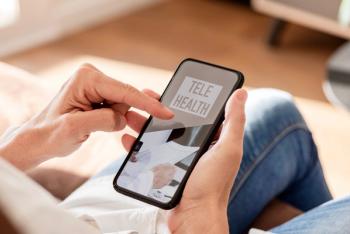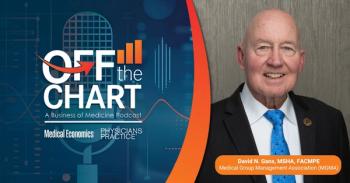
How the EHR is an Ally in Preventing Burnout
For one doctor, the EHR can visualize the amount of work that is done by a physician on a daily - and nightly - basis.
Our organization has launched a dedicated 3-day CME training program for EHR use solely for providers. As I was preparing for the next class, I was able to do a deep-dive into how the attendees are using the EHR - what they do a lot of, what tools they don’t use, and even what times of day they are doing different tasks. It doesn’t paint a pretty picture.
As all providers are aware, the work doesn’t end when the last patient leaves, and your schedule only describes a portion of the work you need to accomplish in any day. Even as I write this, over half of the notes for the 26 patients I saw today are not yet complete. Guess what time I’ll be working on them? In addition to the office visit, which has become increasingly crammed in an era of chronic- disease management and high deductibles, I need to address the results that flood my in-box, call a few insurance companies to sweet-talk them into getting my patient what he needs, and respond to faxes, phone calls, and emails. Again, none of this is news to any provider. However, the provider EHR profile takes the details and frustrations of our day and makes it visual. You can see the pain of a work day that extends far into the night. There is a graphic representation of the fact that your patients actually are more complex than average and that you type in more orders than your peers.
I am completely excited to have this data. It is a great way to show those who need to know and those who need to see the hard facts. And the facts are hard. They are hard to see, they are hard to solve, and they are hard to work. Due to the current fee-for-service model, we’ve, as an industry, hidden the work that is not reimbursed - the documentation, phone calls, emails, INR management, and records review. I think the reason most providers accept this status quo, which fails to honor all of the non face-to-face work that is increasingly piled on providers, is because we were trained in a somewhat abusive environment. When you professionally grew up in a culture where it was considered not only acceptable but honorable to spend more than 24 hours working, it doesn’t seem like such a big deal that you are charting from home at midnight.
We must change this trend as we burn physicians out an alarming rate. The work we actually do - all the work, not just what we are paid for – must be visible. Beyond being visible, it must be studied and trended. Data that shows providers working on their in-basket well into the night should prompt action and change.
This is why I am so excited. I now have more to show than just anecdotes. I can now demonstrate that our uncontrolled work environment requires as much attention as an uncontrolled hemoglobin A1C.
Newsletter
Optimize your practice with the Physicians Practice newsletter, offering management pearls, leadership tips, and business strategies tailored for practice administrators and physicians of any specialty.










